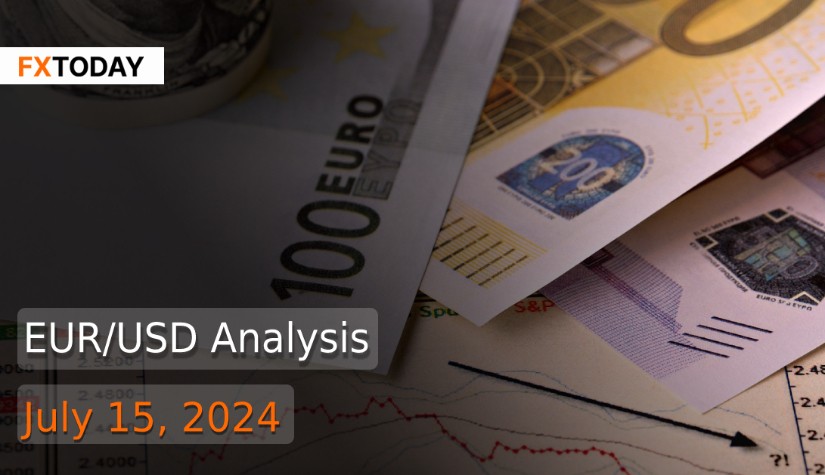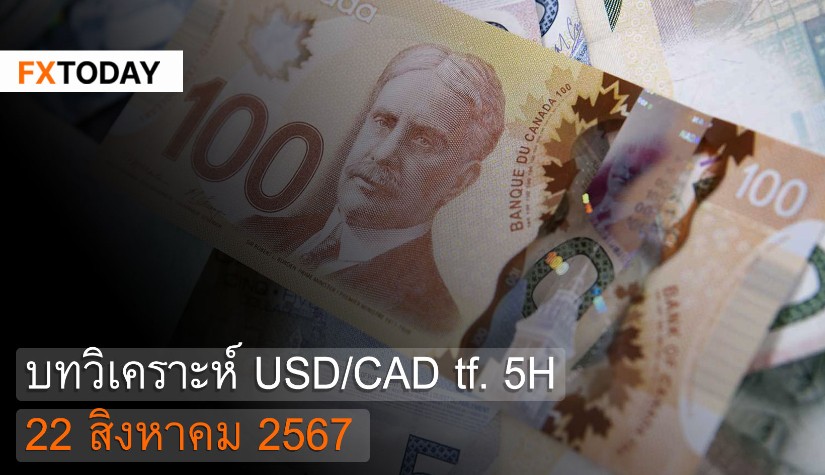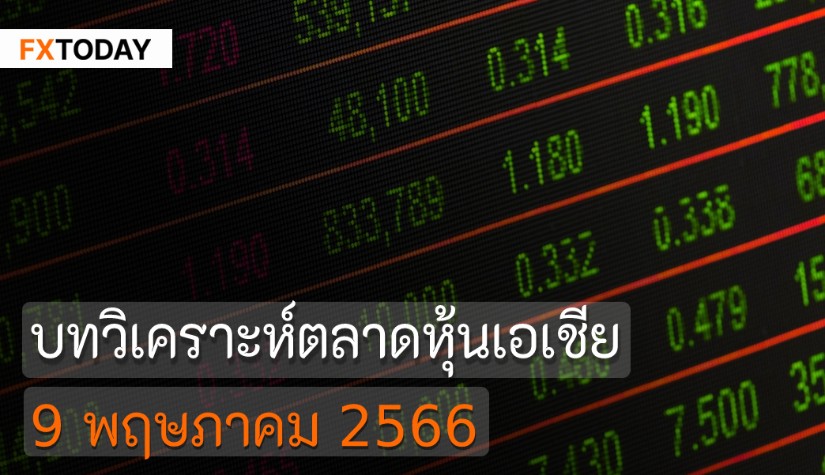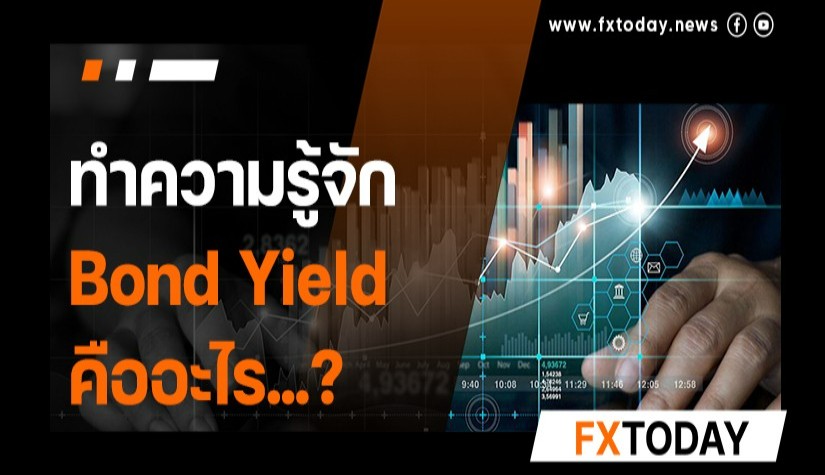ECB Expected to Maintain Rates Amid Persistent Inflation and Market Concerns
The European Central Bank (ECB) is expected to keep rates steady after easing them in June. Morgan Stanley noted that the ECB will likely maintain its stance at the July meeting, focusing on future rate paths and developments in France.
Economists polled by Reuters predict the ECB will cut its deposit rate twice more this year, in September and December. Despite a rate cut in June, several ECB officials, including President Christine Lagarde, have expressed no rush to further reduce borrowing costs due to persistent inflation in services, low unemployment, and high wage growth, raising doubts about future rate cuts.
Dutch central bank chief Klaas Knot stated there is no justification for a rate cut in July, but the September meeting will be "open." Knot is comfortable with the ECB's progress towards its 2% inflation target by late 2025 but stressed that delays in achieving this goal would slow further rate cuts. Current market expectations align with the ECB's policy stance, foreseeing between one and two cuts this year and more next year, keeping the deposit rate above 3%.
Inflation fell to 2.5% last month but is not expected to reach the 2% target until the latter half of 2025. Core inflation pressures, particularly in services, remain high. The tight labor market, with record-low unemployment, is also not easing inflation pressures. Wage growth is projected to stay high, affecting inflation control. The euro zone economy is forecast to grow modestly, with Germany's growth particularly sluggish.
Investor sentiment in the euro zone declined sharply in July, ending an eight-month streak of improvements. Sentix's index for the euro zone dropped significantly, with investor concerns over elections in France and Germany and the upcoming U.S. presidential election contributing to the decline. Germany's economic morale also fell in July after three months of gains.
In June, German inflation eased to 2.5%, down from 2.8% in May. A survey by the VDMA association revealed that over half of German manufacturers expect an increase in nominal revenue only in 2025. Around 40% anticipate a revenue decline this year, and 23% expect it to stagnate. Additionally, 22% foresee a decline in investments in 2024 due to economic and political uncertainty, though more than half plan to increase investments in 2025.
In the first half of 2024, medium-sized and large company insolvencies in Germany rose by 41% compared to last year, attributed to inflation, rising costs, and weakening demand. Real estate, automotive suppliers, and mechanical engineering sectors are particularly affected. The DIHK expects insolvencies to continue rising due to structural issues like a skilled labor shortage.
Additionally, German wholesale prices fell by 0.6% in June year-on-year, and exports dropped 3.6% in May compared to the previous month, primarily due to weaker demand from China, the U.S., and European countries.
In France, inflation rose 2.5% year-on-year in June, slightly down from 2.6% in May. This was due to weaker energy price inflation and smaller increases in food prices, while service prices slightly accelerated. France's economy is expected to grow by 0.1% in Q2 2024, with potential positive impacts from the Paris Olympic Games counterbalancing political uncertainty from the recent parliamentary election.
Industrial production in both France and Germany fell more than expected in May due to weak economic conditions. France's production dropped 2.1%, and Germany's fell 2.5%, both exceeding analyst expectations of smaller declines or increases. Supply difficulties, especially in the automotive and chemicals sectors, and challenges in metals manufacturing and construction contributed to these declines.
On Monday, the dollar rose as investors sought safety following an attempted assassination of former U.S. President Donald Trump. The incident increased market uncertainty and speculation about Trump's potential impact on the upcoming U.S. elections, with experts suggesting it could bolster his reputation for strength, but also introduce political instability.
U.S. consumer sentiment dropped in July, as reported by the University of Michigan, with the index falling to 66.0 from 68.2 in June. Despite this, inflation expectations for the next year and beyond improved slightly, with one-year expectations dipping to 2.9% and five-year outlooks also at 2.9%.
Federal Reserve Chairman Jerome Powell is scheduled for an interview at the Economic Club of Washington DC, where he is expected to discuss ongoing efforts to tackle inflation and the Fed's dual mandate.
Additionally, the Federal Reserve will release its Beige Book report, providing anecdotal economic data from the twelve Federal Reserve Districts. The last report noted uneven economic expansion and weakness in discretionary spending due to higher price sensitivity among consumers. Key economic data, including jobless claims and retail sales, are also expected this week. Therefore, the euro is expected to fluctuate within a wide range and ultimately weaken the dollar in the medium term, driven by the differing economic returns between the two regions.
Data for Technical Analysis (1D) CFD EUR/USD
Resistance : 1.0893, 1.0896, 1.0901
Support : 1.0883, 1.0880, 1.0875
1D Outlook
Source: TradingView
Buy/Long 1 If the support at the price range 1.0878 - 1.0883 is touched, but the support at 1.0883 cannot be broken, the TP may be set around 1.0893 and the SL around 1.0876, or up to the risk appetite.
Buy/Long 2 If the resistance can be broken at the price range of 1.0893 - 1.0898, TP may be set around 1.0916 and SL around 1.0881, or up to the risk appetite.
Sell/Short 1 If the resistance at the price range 1.0893 - 1.0898 is touched, but the resistance at 1.0893 cannot be broken, the TP may be set around 1.0880 and the SL around 1.0900, or up to the risk appetite.
Sell/Short 2 If the support can be broken at the price range of 1.0878 - 1.0883, TP may be set around 1.0856 and SL around 1.0895, or up to the risk appetite.
Pivot Points Jul 15, 2024 02:36AM GMT
|
Name
|
S3
|
S2
|
S1
|
Pivot Points
|
R1
|
R2
|
R3
|
|---|---|---|---|---|---|---|---|
| Classic | 1.0867 | 1.0875 | 1.088 | 1.0888 | 1.0893 | 1.0901 | 1.0906 |
| Fibonacci | 1.0875 | 1.088 | 1.0883 | 1.0888 | 1.0893 | 1.0896 | 1.0901 |
| Camarilla | 1.0882 | 1.0884 | 1.0885 | 1.0888 | 1.0887 | 1.0888 | 1.089 |
| Woodie's | 1.0867 | 1.0875 | 1.088 | 1.0888 | 1.0893 | 1.0901 | 1.0906 |
| DeMark's | - | - | 1.0878 | 1.0887 | 1.0891 | - | - |
Sources: Investing 1, Investing 2
















